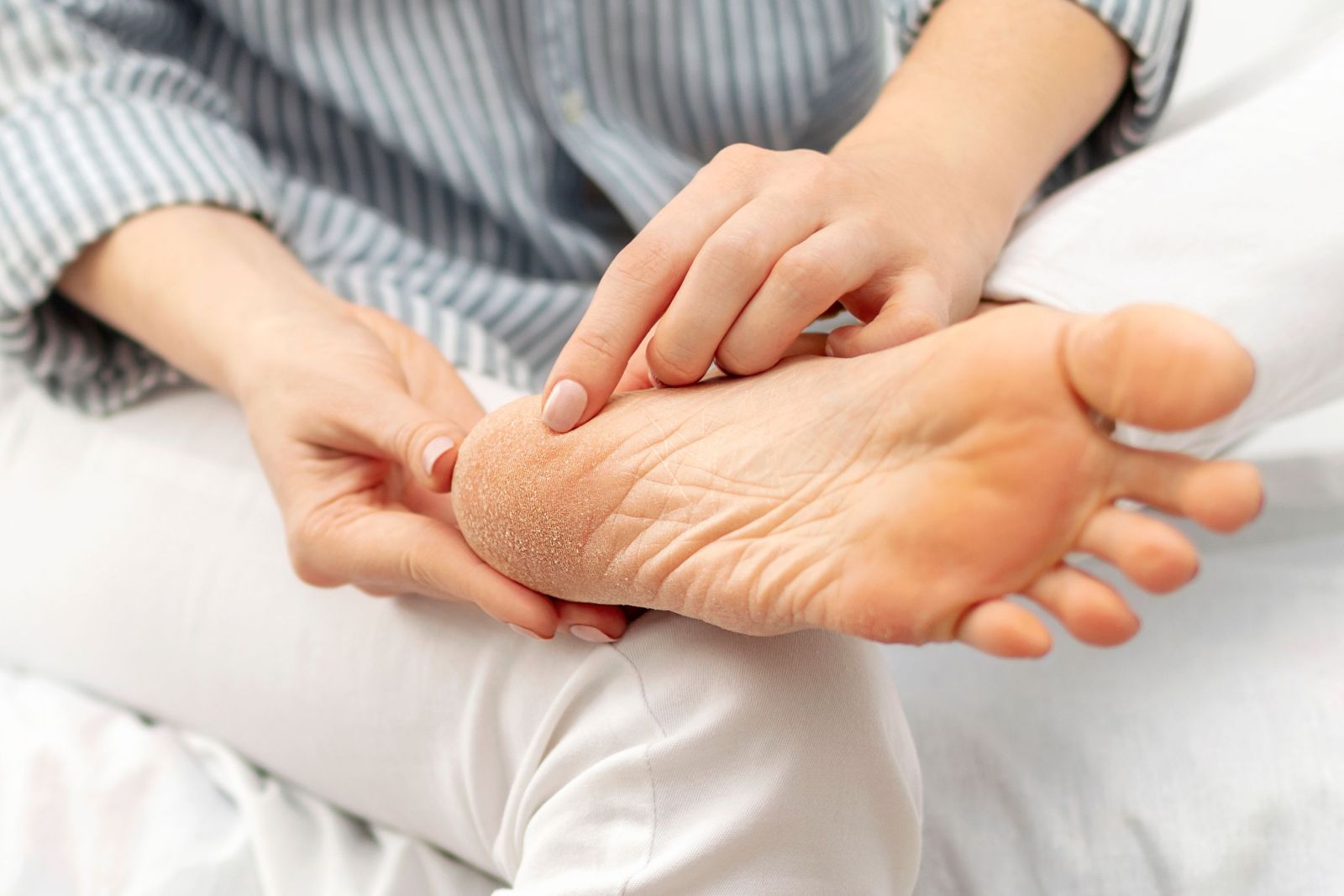
Cracked heels, a common foot issue, are more frequently reported in women than men, possibly due to footwear choices or hormonal differences affecting skin elasticity. These dry, thickened skin fissures can develop from prolonged standing, wearing open-backed shoes, or exposure to dry environments. Other risk factors include obesity, aging, and medical conditions like diabetes or eczema, which impair skin health. Prevention starts with keeping feet moisturized and exfoliated to remove dead skin. Wearing supportive, closed-back shoes and using heel balms with urea or salicylic acid can help maintain skin hydration and elasticity. If cracks deepen or cause pain, it is strongly suggested that you consult a podiatrist. They can debride thickened skin, recommend prescription-strength treatments, and address underlying conditions contributing to the problem.
If the skin on your feet starts to crack, you may want to see a podiatrist to find treatment. If you have any concerns, contact Wendy L. Grossman, DPM from New Jersey. Our doctor can provide the care you need to keep you pain-free and on your feet.
Cracked Heels
It is important to moisturize your cracked heels in order to prevent pain, bleeding, and infection. The reason cracked heels form is because the skin on the foot is too dry to support the immense pressure placed on them. When the foot expands, the dry skin on the foot begins to split.
Ways to Help Heal Them
- Invest in a good foot cream
- Try Using Petroleum Jelly
- Ease up on Soaps
- Drink Plenty of Water
Ways to Prevent Cracked Heels
- Moisturize After Showering
- Skip a Shower
- Keep Shower Water Lukewarm
- Don’t Scrub Your Feet
If you are unsure how to proceed in treating cracked heels, seek guidance from a podiatrist. Your doctor will help you with any questions or information you may need.
If you have any questions, please feel free to contact our office located in Bloomfield, NJ . We offer the newest diagnostic and treatment technologies for all your foot care needs.
